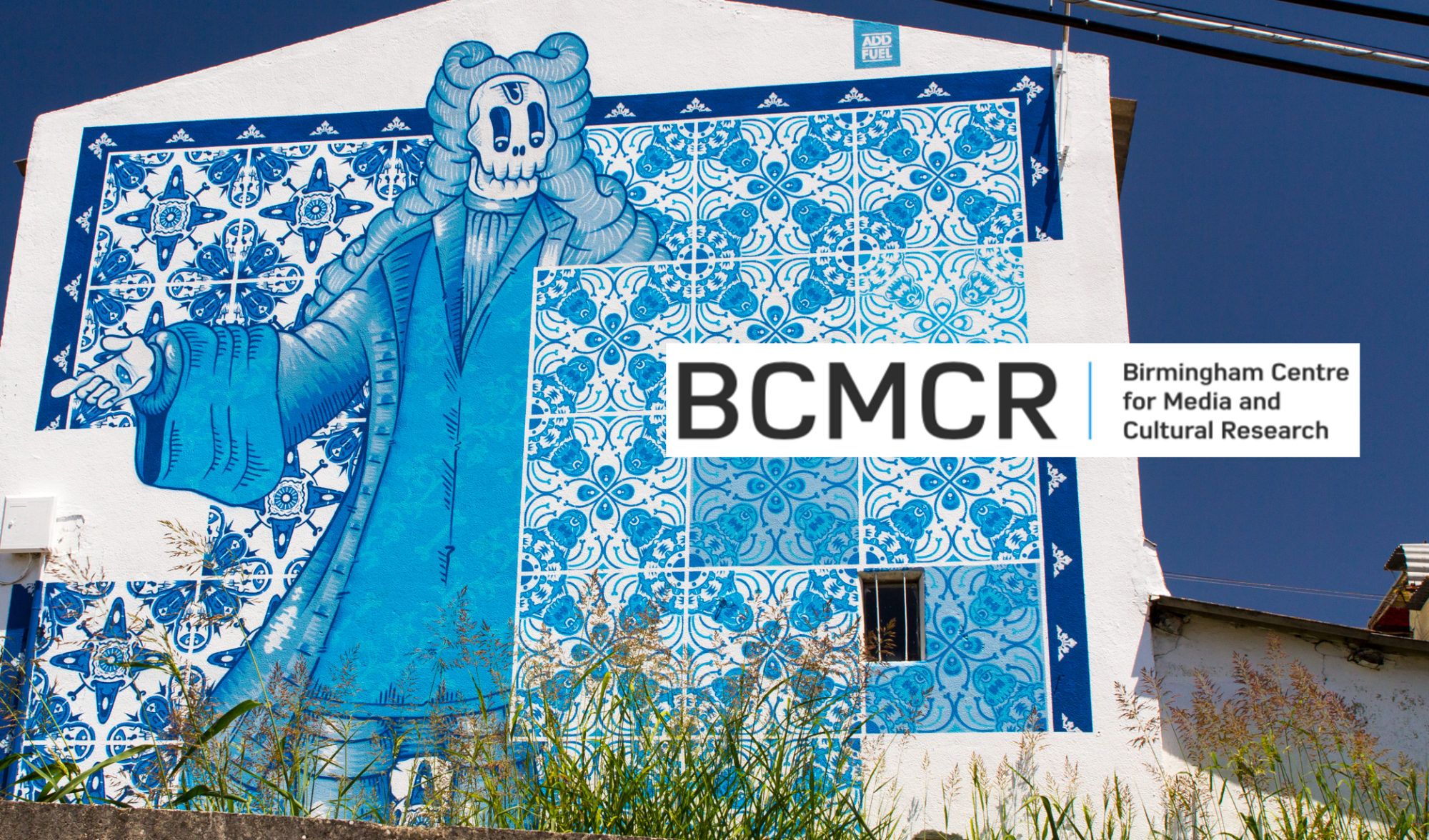Putting Translation back in Cultural Translation
by Kyle Conway
In the growing literature on cultural translation, something strange has happened: translation seems to have fallen out of the discussion, in favor of culture and politics. Boris Buden and Stefan Nowotny, for instance, concluded their “Introduction to the Problem” of cultural translation by asking, “[I]s ‘democracy’ simply a wrong answer still waiting for a correct question? The search for this question, and nothing else, is cultural translation.” Anthony Pym responded by saying he was “appalled” that Buden and Nowotny were “apparently unable to break ‘cultural translation’ down in terms of appropriate distinctions (like the one between translations as products and translating as a process).” But Harish Trivedi beat Pym to the punch, objecting – even before Buden and Nowotny published their introduction – that unless scholars returned to questions of language as such, “we shall sooner than later end up with a wholly translated, monolingual, monocultural, monolithic world. And then those of us who are still bilingual, and who are still untranslated from our own native ground to an alien shore, will nevertheless have been translated against our will and against our grain.”
I’d like to put “translation” back in “cultural translation” by identifying a point of common interest between those who, following Buden and Nowotny (and Homi Bhabha before them), focus on culture and politics, and those who, following Pym and Trivedi, focus on language. That task isn’t original to me, as many people in translation studies, not to mention anthropology, have asked how to render cultural dimensions of language effectively. But my approach, I think, is new, and it grows out of a definition of cultural translation I’ve been refining (in its incipient form here, then more explicitly here, then reworked here, and now here).
My definition of cultural translation has three parts. It is (1) a way to come to understand an object or text (2) whose meaning derives from a shared interpretation of the world. It takes place (3) through conversation and exchange. Parts 1 and 2 are about culture. Part 3 is about translation.
To illustrate, here’s a little story. Imagine I’m sitting on the bus. It’s a cold November day (I live in Ottawa), and I’m riding home. You get on the bus and take the only open seat, next to me. Curious person that you are, you strike up a conversation. Amicable person that I am, I’m happy to engage.
“That’s interesting,” you say, pointing at my phone, where you see a strange looking hunk of preserved fish. “What is it?”
“That,” I announce, “is Christmas dinner, if only I can find a place to order it. It’s lutefisk. Ever heard of it?”
“Can’t say that I have. Is it any good?”
I draw a deep breath. “Well, it’s tradition. It’s cod soaked in lye, which acts as a preservative. But lye’s a poison, so you have to soak it out before you cook it.”
“Sounds tasty,” you say. It really doesn’t, but you’re nothing if not polite. “It reminds me of the salted cod my family eats on Christmas eve.”
“Sorta. I hear that’s what Italians eat. Lutefisk is a Norwegian-American thing, but I’m told that my relatives in Norway won’t touch it.”
“Do you have it with tomatoes and capers?”
“Heavens no. When you cook it, it’s a bit like fish-flavored Jell-O. We soak it in butter and bury it in our mashed potatoes. If you’re really daring, you eat it with hot mustard.” I pause. “It’s an acquired taste.”
So what does this story illustrate? It’s about (1) one person – you – trying to understand an object, lutefisk, (2) whose meaning derives from an interpretation of the world – mine – that I share with other Norwegian-Americans, largely from the states of North Dakota and Minnesota (where I’m originally from). It (3) takes place through our conversation, or, more to the point, our back-and-forth exchange of signs. You propose “salted cod” as a way to understand “lutefisk,” a reasonably good translation – both are traditional Christmas eve dinners, both involve cod, both likely evoke feelings of warmth and family. When you propose “tomatoes and capers,” I respond with “mashed potatoes.” We trade one set of signs for another – “salted cod” for “lutefisk,” “mashed potatoes” for “tomatoes and capers” – in the same way that translators trade words in one language for words in another. At a structural level, the actions are the same: they are exchanges based on varying degrees of equivalence. The main difference is that translators in a conventional sense work with a more restricted set of signs. (I’m simplifying, of course. Translators are among the most culturally aware people I know, and the way they rewrite texts is anything but mechanical. But that’s a blog entry for another time.)
This is how I put “translation” back in “cultural translation”: I focus on the substitution of signs. What are the implications of this approach? First, it reveals ways that symbolic worlds come to intermingle. In my example, your horizon is expanded, even if only a little bit, as you imagine how this strange object appears to me. This is not a merging of horizons in Gadamer’s sense, but, come on – we’re just riding the bus home.
Second, this approach reveals ways that the boundaries separating people with shared interpretations of the world are porous. Not that a simple conversation on the bus makes you a Norwegian-American from North Dakota, of course. But we have conversations like this all the time. Perhaps your curiosity about lutefisk will stop there. Or perhaps it will grow. That’s how I ended up where I am now – curiosity drove (and drives) me to keep adding hyphens to my hybrid identity. My Norwegian grandparents immigrated to the United States (a hybrid place if ever there was one) a century ago, and now I’ve immigrated to Canada, where I teach in English and French (a language I learned because I encountered it when I was young and have been fascinated by it ever since). Not that there’s anything special about my Norwegian-American-Canadian francophile identity. As Jan Nederveen Pieterse argues, we’re born hybrid: “Hybridity is unremarkable and is noteworthy only from the point of view of boundaries that have been essentialized.”
For discussions of cultural translation, this approach also reveals the point where concerns about culture and about language intersect. Buden and Nowotny are interested, ultimately, in the strategies people adopt in exchanges like the one I’ve sketched here. Thinking of cultural translation as an exchange of signs – like translation in a conventional sense, but broader – makes it possible to explore those strategies (as I do here and here).
My definition of cultural translation raises other questions. It deviates from the one adopted by this blog in its emphasis on meaning rather than transformation. As it happens, this blog’s definition is very close to the one Enrique Uribe-Jongbloed and Hernán David Espinosa Medina – collaborators of mine working in Colombia – have proposed for what they call “cultural transduction.” It will be crucial to work through these definitional questions as we investigate cultural translation, and I’m glad for the opportunity to post my thoughts here. I’d love to hear your thoughts – you can find my contact into on my faculty webpage.
_____
Kyle Conway holds a PhD in communication arts from the University of Wisconsin-Madison, and he joined the University of Ottawa in 2015. In his research, he examines different borders—linguistic, cultural, geographic, religious—and the tolls they exact when we cross them.


